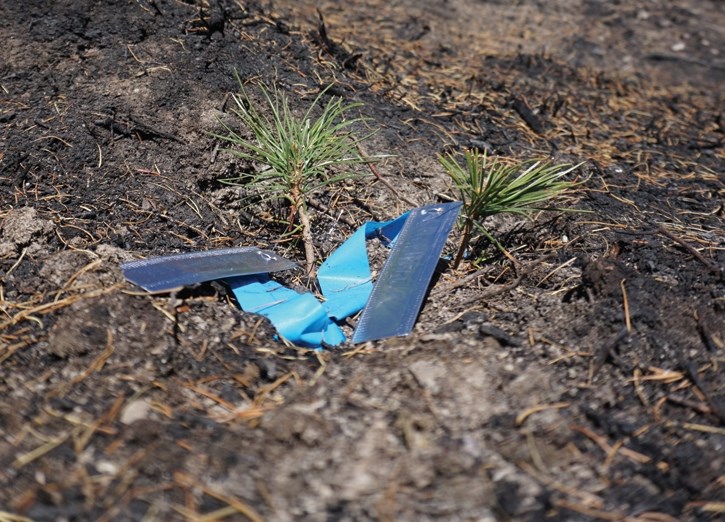CALGARY – A provincial court judge is hearing sentencing arguments this week for the Lake Louise Ski Area after it pleaded guilty last year to destroying endangered whitebark pine trees within its leasehold in 2013.
Submissions by Crown and defence for sentencing the ski hill began Monday (July 9) in Calgary in front of Judge Heather Lamoureux, who set six days aside for the proceedings to take place. The company pleaded guilty in December to charges under the Species at Risk Act (SARA) and the Canadian National Parks Act in relation to the removal of trees on its leasehold between Aug. 12 and Sept. 24, 2013.
Lamoureux will have to determine how many trees were destroyed in total, how many were whitebark pine and what should the punishment for the company be as a result.
According to Crown prosecutor Erin Eacott, the penalty under the SARA is a maximum of $300,000 per tree. She said the charge under the Parks Act is a result of the removal of 150 trees on the company's leasehold without a permit and carries a maximum fine of $250,000 per tree.
"The Crown will be asking for a creative sentence and several things will go into it, but one thing it will include is a species restoration plan for whitebark pine," she added.
During testimony, Park Warden Paul Friesen said an estimated 38 whitebark pine trees, or stands of trees, were assessed as removed on the site in August 2014 when he conducted a site visit. The other trees removed were larch, fir and spruce.
Friesen said cutting down a tree anywhere inside a national park is a "big deal."
Eacott told the judge that Lake Louise was aware that whitebark pine was an endangered species before the trees were removed and the company would not have received the required restricted activity permit to do the removal work, had it applied to do so.
"Lake Louise Ski Area would not have received permits for the way the work was done," Eacott said. "Managers of Lake Louise Ski Area were aware before the offence that whitebark pine was a species of concern and could not be harmed and evidence will show the work done on Ptarmigan Ridge was on the work plan for several months and there was a lack of oversight by Lake Louise Ski Area management."
Ptarmigan Ridge is located near the top of the Grizzly Express Gondola on the back bowl area at the ski hill. Whitebark pine was officially added to the species at risk list as endangered in 2012 after being assessed by the Committee on the Status of Endangered Wildlife in Canada (COSEWIC).
According to the COSEWIC assessment and status report for whitebark pine, it is a high elevation keystone species in the Rocky Mountains of Alberta and B.C. and its numbers are declining due to being affected by an invasive species of blister rust, mountain pine beetle, reduced wildfire on the landscape and climate change. It restoration is challenged by the fact it takes 30 to 50 years for the trees to reproduce, and it requires a bird, the Clark's Nutcracker, to crack open and distribute its seeds.
Eacott said COSEWIC concluded the species is at a high risk of extirpation in Canada as a result.
"Parks Canada has been actively working to understand and prevent the decline of whitebark pine since 1995," she added.




